The fifth animal in the Chinese zodiac is arguably its most iconic member: the noble and illustrious Dragon. During the Jade Emperor’s great race across the river, the Emperor was shocked when the Dragon did not come first. After all, the Dragon could simply fly over the river. It turns out the kind-hearted Dragon had noticed a village that was on fire, so he rushed over to douse out the flames before returning to the race. In this way, he landed fifth place and became the fifth animal of the zodiac.

Years of the Dragon
If you were lucky enough to have been born in the year 1928, 1940, 1952, 1964, 1976, 1988, 2000, 2012, or 2024 then you belong to the sign of the Dragon. It’s important to note that the Chinese zodiac follows the Chinese lunar calendar, which begins in late-January or early-February. For example, Chinese New Year fell on February 5th in 2000, so anyone born before that date actually belongs to the Year of the Rabbit and not the Year of the Dragon. In short, you’ve just become a little more grounded!
Lucky Signs and Symbols
Dragon people should take heed of the numbers 1, 3, 6, 7, 8, and 9. One, six, and seven are sure to bring you good fortune, but three, seven, and eight will usher in disaster! Gold, silver, and greyish white are your lucky colours, while misfortune comes in the form of blue and green.
Characteristics of the Dragon
Among the Chinese zodiac, the Dragon is the only mythical beast, but it is also considered the most powerful. Those born under the sign of the Dragon are said to be courageous, tenacious, highly intelligent, ambitious, confident, enthusiastic, magnanimous, decisive, romantic, and inspiring. Yet all of these positive attributes come with a price! They can easily drive people away with their arrogance, hot-headedness, tactlessness, intolerance, aggressiveness, and impatience.
Romantic Compatibility
The Dragon’s cantankerous and dominant nature means they can be hard to establish a romantic relationship with. Dragons should ideally look for love with the Rat, the Tiger, and the Snake, while the Pig and other Dragons are best off as good friends. They can form complementary matches with the Monkey and the Rooster, but matches with the Rabbit and the Horse will be average at best. They should avoid matches with the Ox, the Sheep, and the Dog at all costs, as they are bound to end in heartache.
Job Prospects
The Dragon’s willingness to challenge themselves and take risks means they are well-suited to careers in journalism, education, management, law, engineering, architecture, brokering, and sales.
How to Manage Your Relationship with the Dragon
When searching for romantic partners or even friends, Dragons are often hesitant to commit themselves and move forward when it comes to deepening the relationship. Once they have firmly decided to make a permanent commitment, however, it is not a decision they take lightly, meaning they intend for that relationship to last potentially for the rest of their lives. When they are in a romantic relationship or close friendship, the Dragon will reveal their warm-hearted nature and they are known for being incredibly generous to their loved ones.
The Elemental Cycle
As we mentioned in our introduction to the Chinese zodiac, the 12-year animal cycle is part of a much wider 60-year elemental cycle, meaning that each year of the zodiac is also assigned an element. People born in 1964 or 2024 belong to the Year of the Wood Dragon, making them more introverted, less enthusiastic, but nonetheless very talented. The Fire Dragons, who were born in 1976, are known for being smart and easy-going, although they are distinctly unreliable.
Anyone born in 1928 or 1988 is an Earth Dragon, meaning they are exceedingly smart, ambitious, and hardworking. Those born in 1940 or 2000 are Metal Dragons, who are renowned for being sincere and straightforward, but can also be unpredictable, changeable, and moody. Finally, the Water Dragons of 1952 and 2012 have a vigorous, determined, and perceptive disposition.
So, if you were born in the Year of the Dragon, try not to let your fiery temper burn too many bridges!
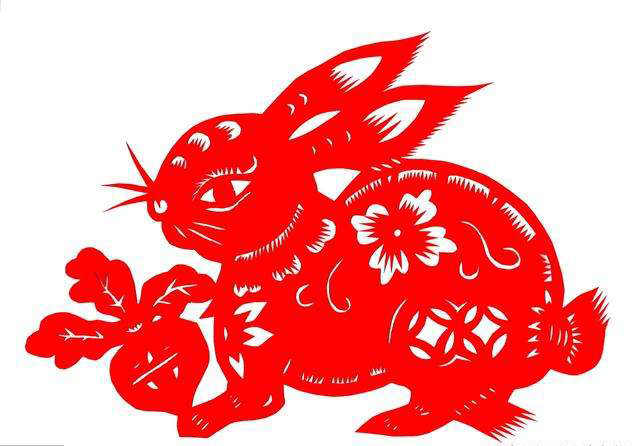

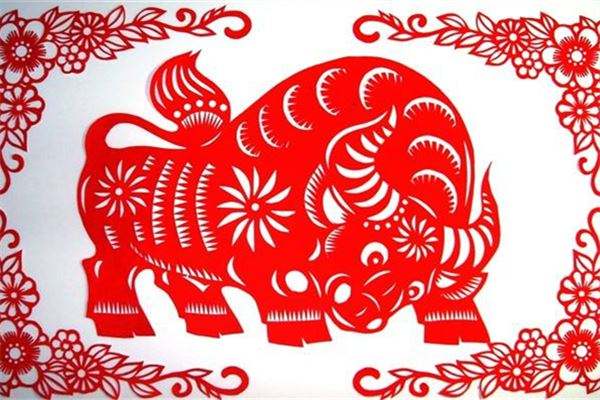
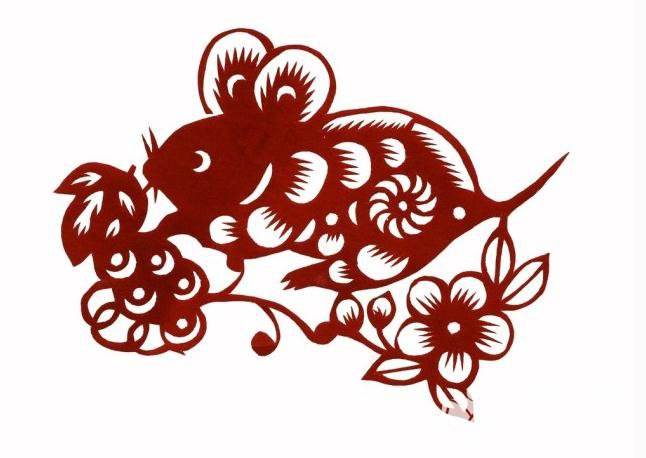
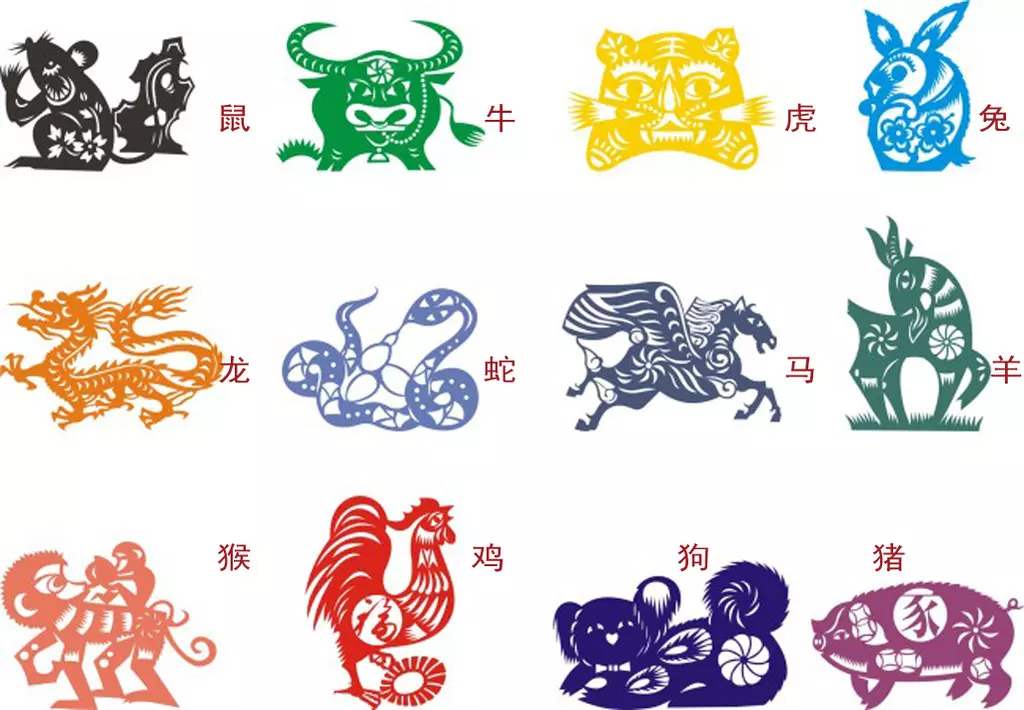
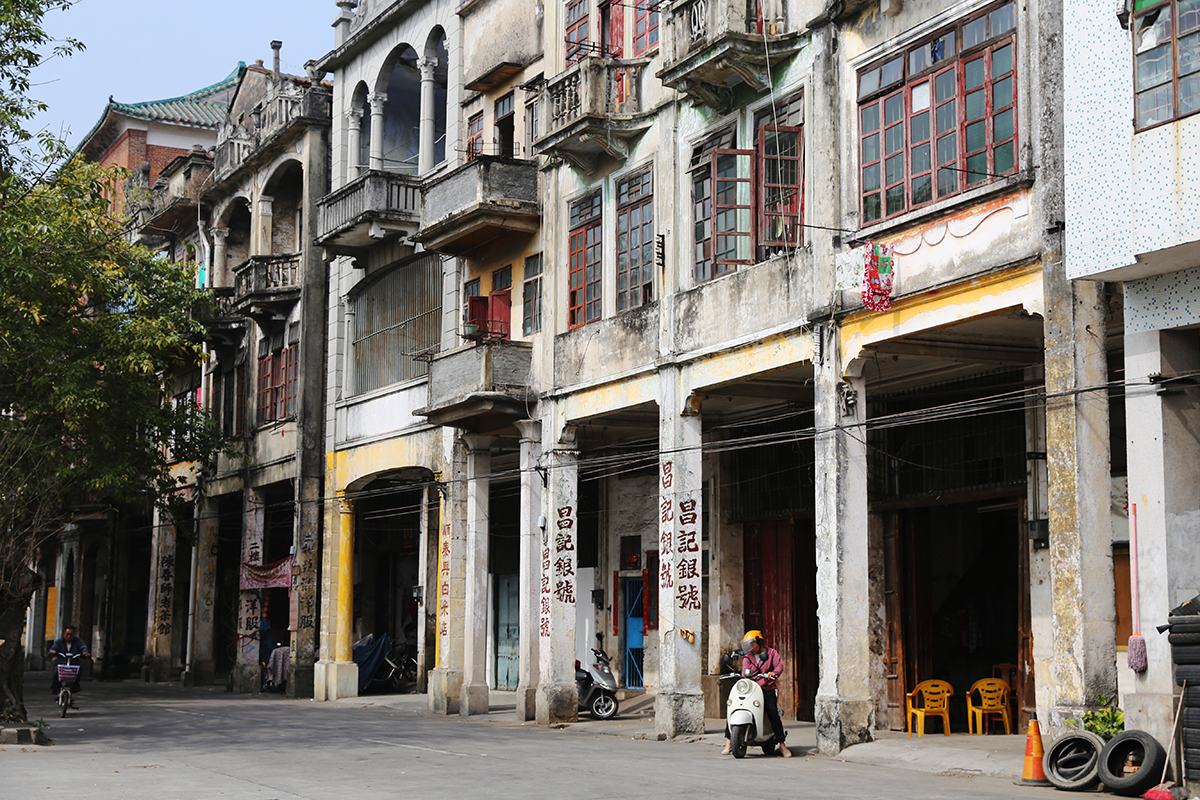
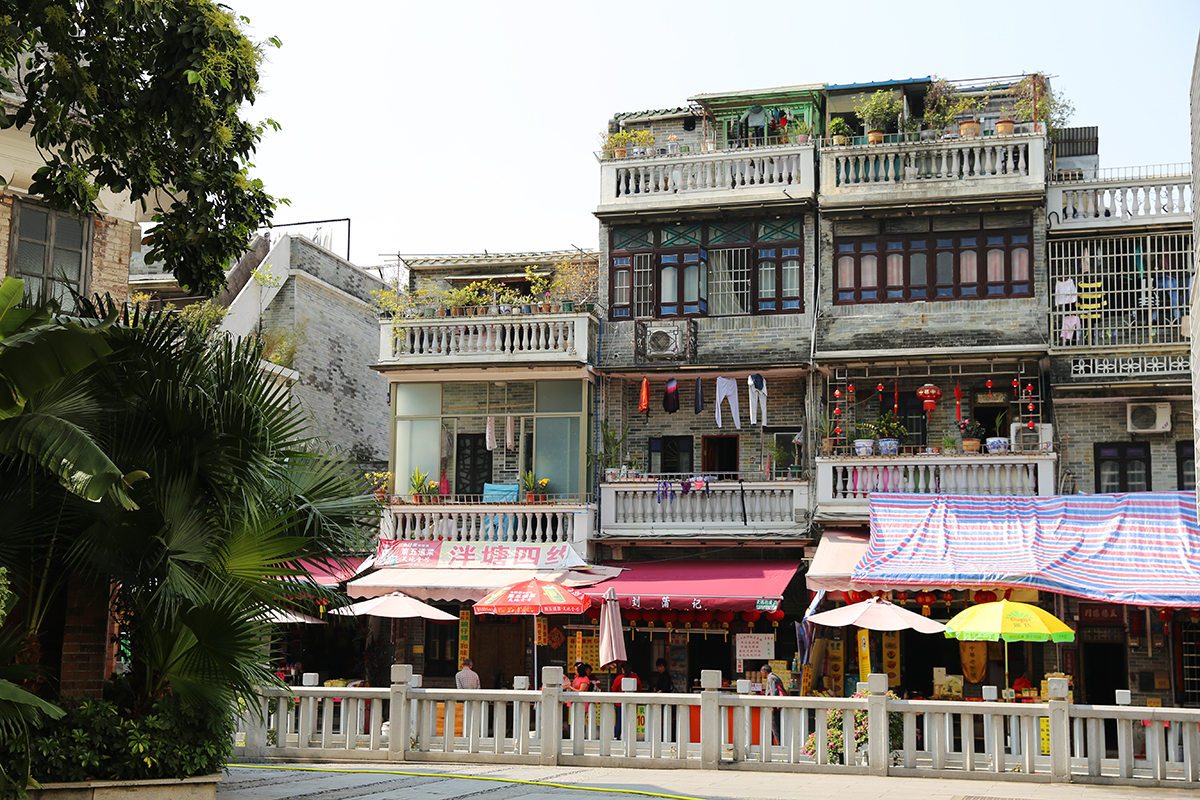



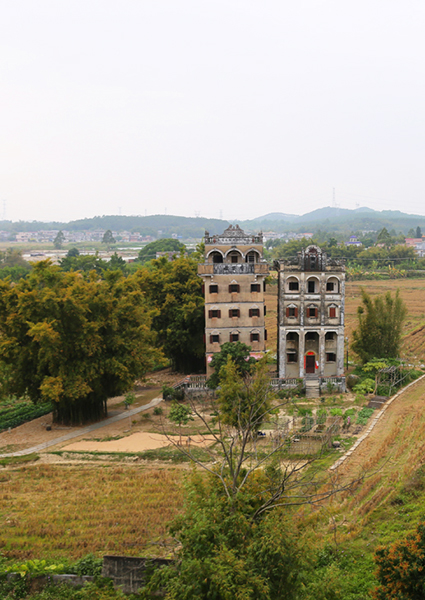
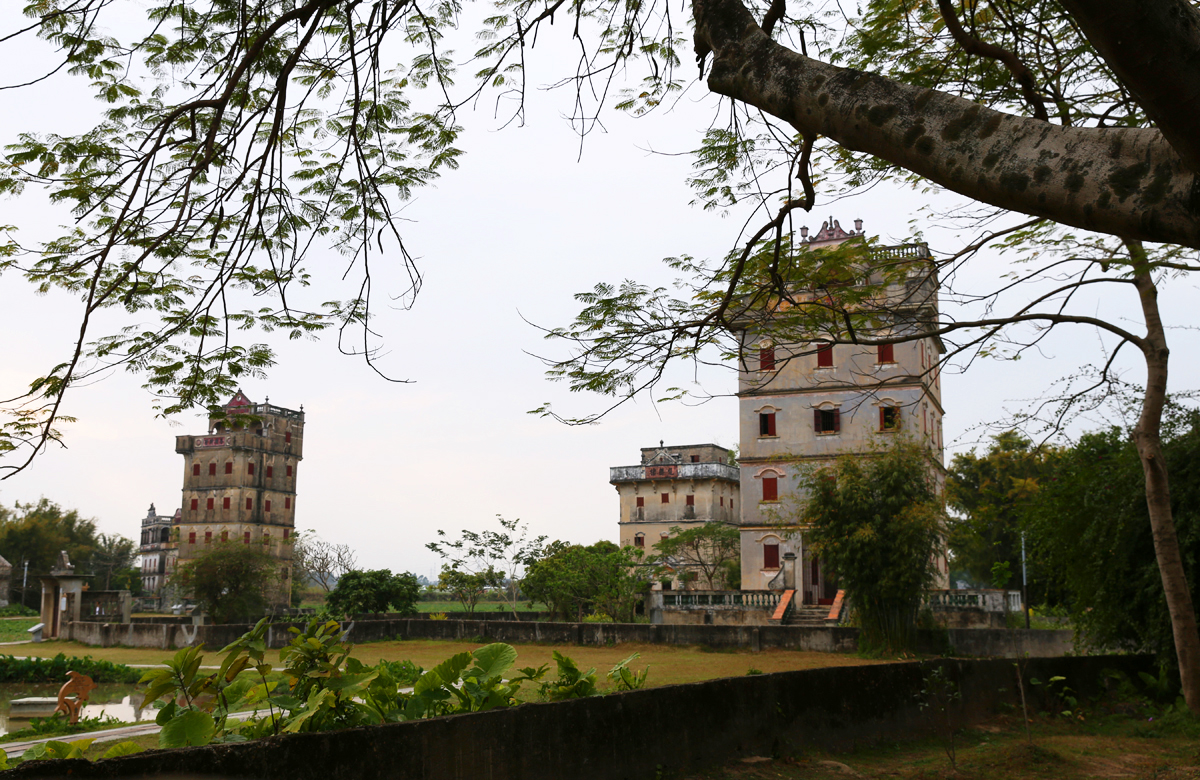
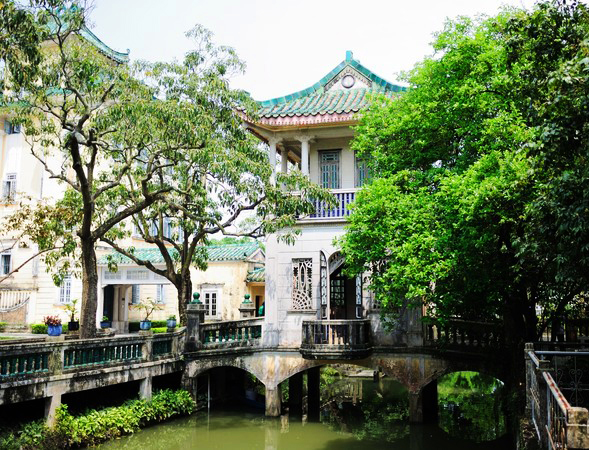



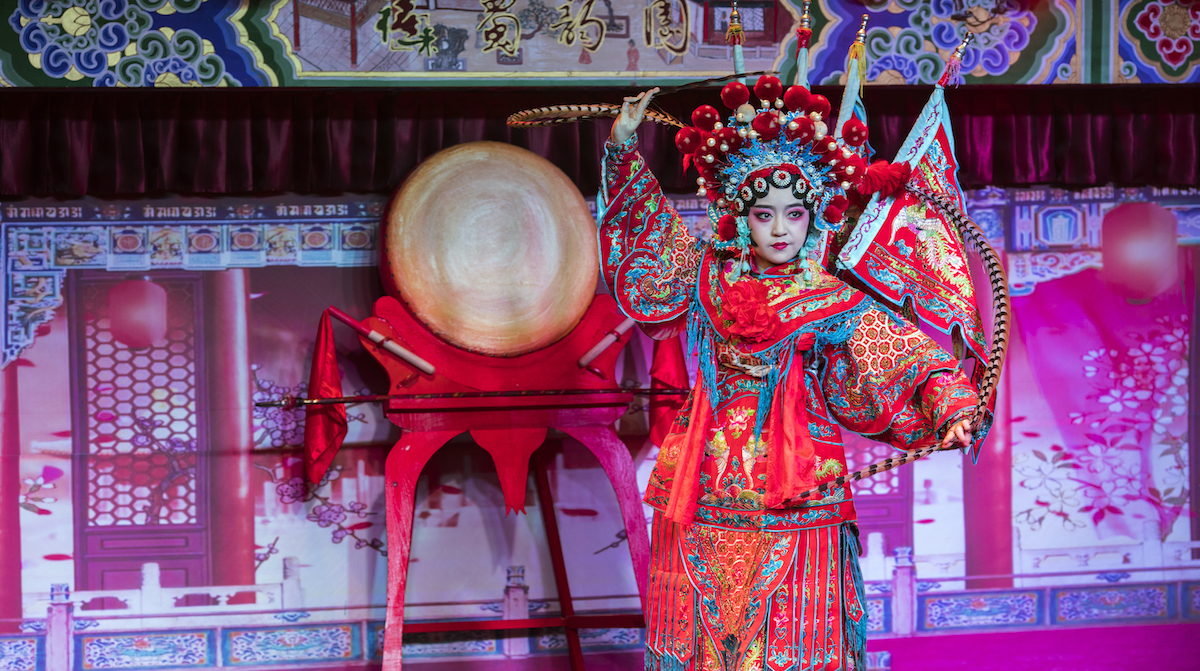
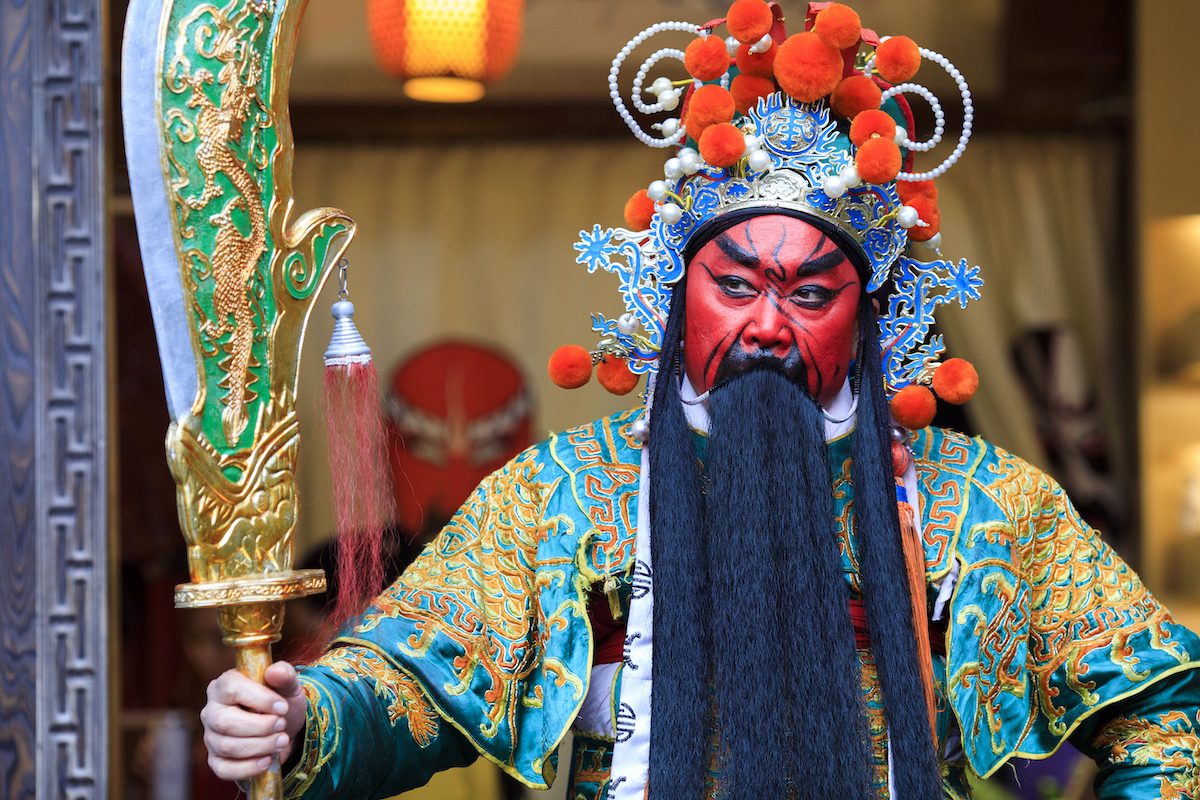 It was Kang who combined these five historic styles to form traditional Sichuan opera. Many of the trademark physical movements and tropes of this style were masterminded by Kang himself. Over time, the style not only absorbed features from the other styles, but started to incorporate elements of the province’s local languages, customs, and folk songs. In this way, it is inextricably linked to Sichuan and its heart will always remain in the provincial capital of Chengdu.
It was Kang who combined these five historic styles to form traditional Sichuan opera. Many of the trademark physical movements and tropes of this style were masterminded by Kang himself. Over time, the style not only absorbed features from the other styles, but started to incorporate elements of the province’s local languages, customs, and folk songs. In this way, it is inextricably linked to Sichuan and its heart will always remain in the provincial capital of Chengdu.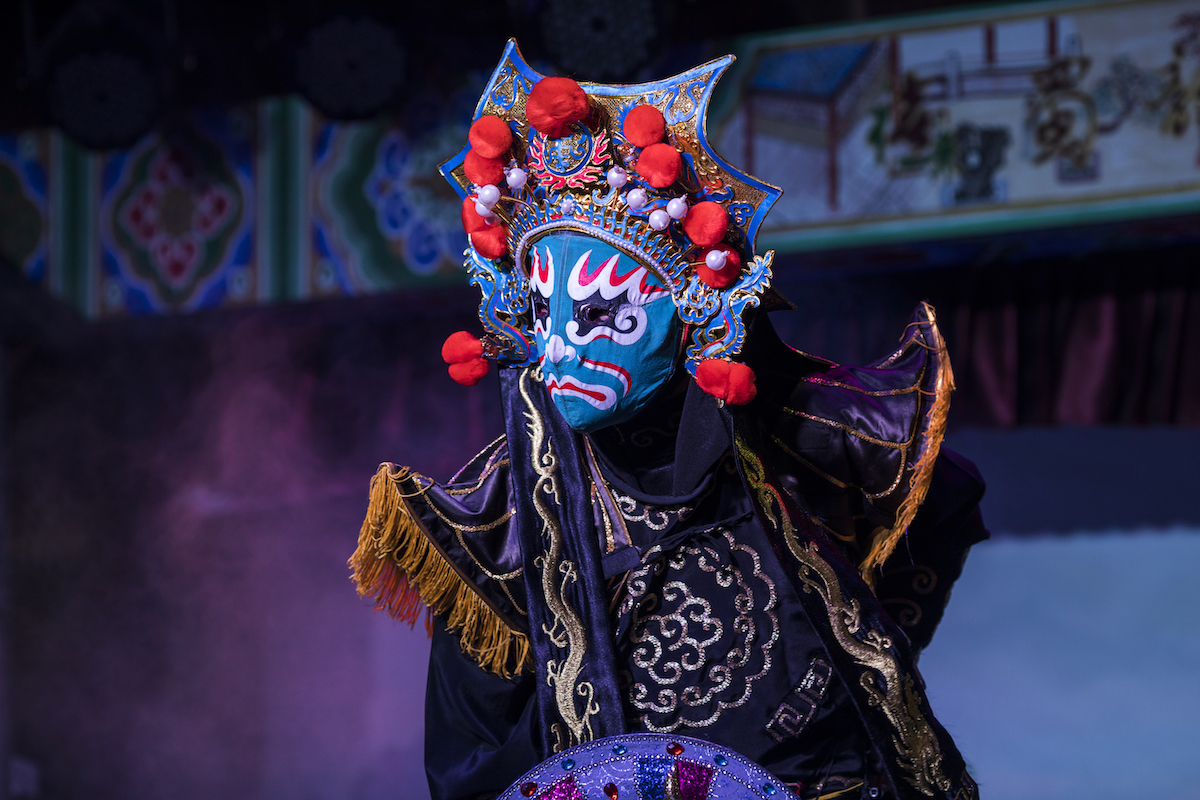 While the traditional formula for the opera is quite systematic, it is punctuated by lively acts of face-changing, beard-changing, fire-spitting, rolling light, and puppetry. The art of face-changing is unique to Chinese opera and has been a closely guarded secret for centuries. It is said the practice originated when ancient people would paint their faces to scare away wild animals, but has since been perfected into a performance art of the highest order. The act involves one performer changing their face mask within the blink of an eye, with masters of the art switching between a staggering 10 masks in less than 20 seconds!
While the traditional formula for the opera is quite systematic, it is punctuated by lively acts of face-changing, beard-changing, fire-spitting, rolling light, and puppetry. The art of face-changing is unique to Chinese opera and has been a closely guarded secret for centuries. It is said the practice originated when ancient people would paint their faces to scare away wild animals, but has since been perfected into a performance art of the highest order. The act involves one performer changing their face mask within the blink of an eye, with masters of the art switching between a staggering 10 masks in less than 20 seconds!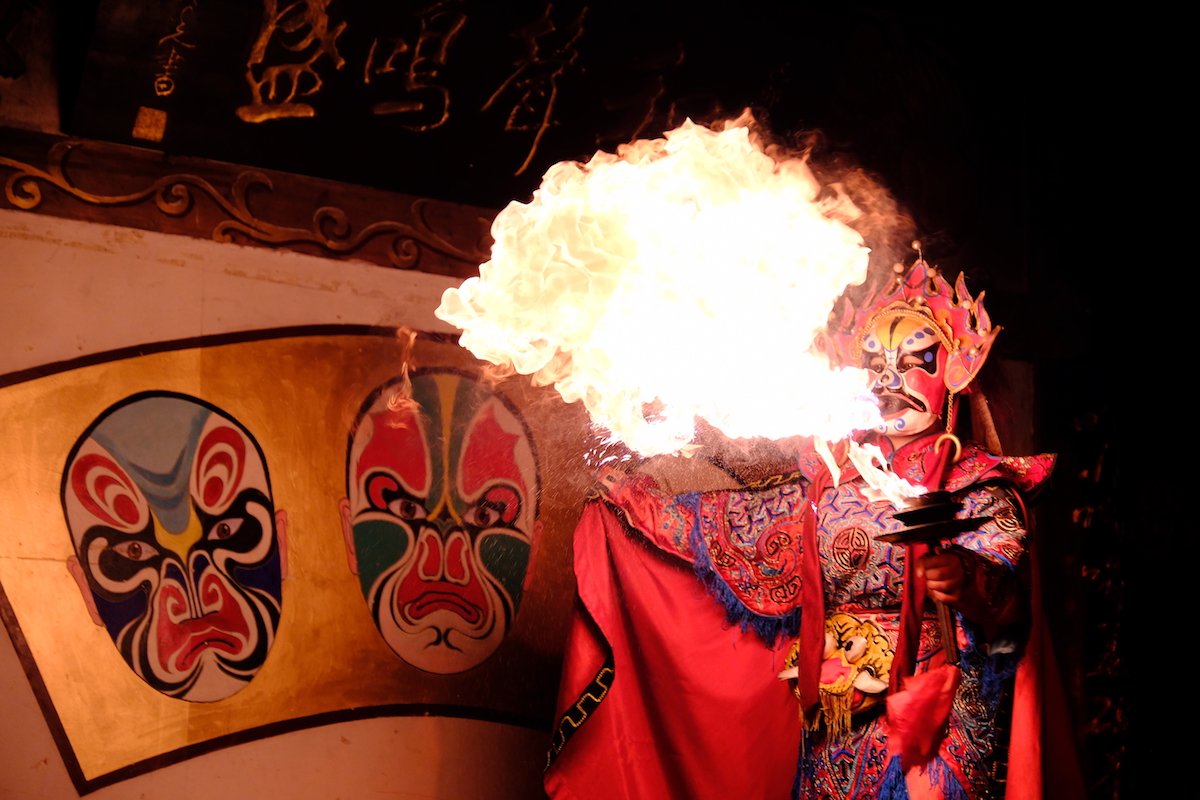 In many cases, face-changing is combined with the fire-spitting act to add an extra dimension of complexity. While fire-spitting is not uncommon in performances throughout the world, actors in Sichuan opera are capable of spitting a fire column that is up to 2 metres (6.6 ft.) in height! In a similarly fiery display, the act known as rolling light involves the actor performing a series of complicated acrobatic moves while balancing a bowl of fire on is head.
In many cases, face-changing is combined with the fire-spitting act to add an extra dimension of complexity. While fire-spitting is not uncommon in performances throughout the world, actors in Sichuan opera are capable of spitting a fire column that is up to 2 metres (6.6 ft.) in height! In a similarly fiery display, the act known as rolling light involves the actor performing a series of complicated acrobatic moves while balancing a bowl of fire on is head.